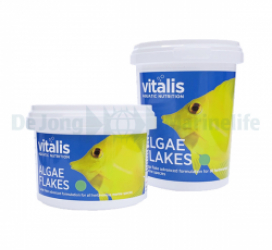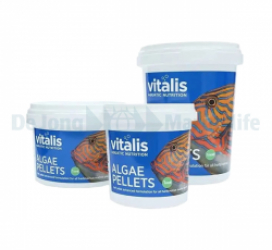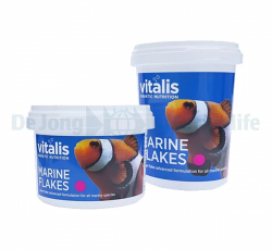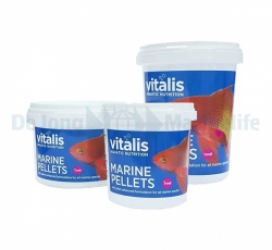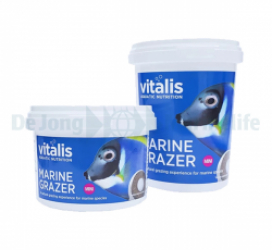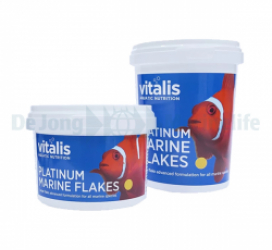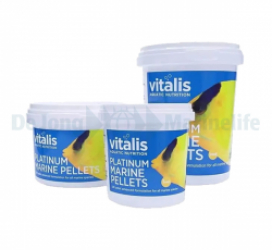Holacanthus passer
Holacanthus passer, commonly known as the King angelfish, is a large angelfish which does his common name justice. Like the Queen angelfish (H. ciliaris) the King angelfish also develops a crown like pattern on the head when they convert to their adult pattern, hence the common name: King angelfish. As juveniles they don't show this characteristic yet and look a little like a squared clarionensis. Their body is being mostly orange with a blue rim on the anal and dorsal fin and vertical blue stripes on the head and body (which can be a little scribbled sometimes). The most distinctive feature would be the pronounced white vertical stripe already very young clearly visible. As they change to their adult pattern, all blue stripes disappear as the body becomes dark blue. The white stripe will remain, the pectoral fins will become yellow and the caudal fin become a bright yellowish-orange. The blue rim on the fins remain but they develop more orange/red (depending on the individual) in the fins as well and their pelvic fins turn white. These changes make them beauties as juvenile and (totally different) beauties as adult!
Like all other angelfish it's hermaphroditic and the most dominant fish will turn into a male when there is no other male around. If you do consider adding them to your tank, do keep in mind that they are usually quite dominant towards other angelfishes and are known to be harsh to new fish as well. So plan your fish well and add this fish as last to minimize risk.
Most angelfish are not really reef safe and this one is no exception. Keeping them well fed seems to reduce the risk so make sure to feed them a proper varied diet of algae and meaty foods to make them really happy, but do keep in mind that they may sooner or later start nipping/eating (all sorts of) corals, mostly soft corals (especially Zoanthus) and LPS, but be careful with SPS and clams as well. This fish will be much less frustrating if kept in a fish-only tank and will stand out from juvenile till fully grown adult!
Icons meaning
Documents
Lorem ipsum dolor sit amet, consectetur adipisicing elit. Ab blanditiis commodi earum error exercitationem fuga harum, id illo itaque labore minima molestiae molestias praesentium quasi quidem quisquam ratione repellendus velit.
Documents
Lorem ipsum dolor sit amet, consectetur adipisicing elit. Ab blanditiis commodi earum error exercitationem fuga harum, id illo itaque labore minima molestiae molestias praesentium quasi quidem quisquam ratione repellendus velit.
Documents
Lorem ipsum dolor sit amet, consectetur adipisicing elit. Ab blanditiis commodi earum error exercitationem fuga harum, id illo itaque labore minima molestiae molestias praesentium quasi quidem quisquam ratione repellendus velit.
| Home popular | No |
|---|---|
| Featured Products | No |
| Sale | No |
| New | No |
| Exclude from downloadable lists | No |
| Product Needs to appear in the sale widget | No |
| Child has discount | 1 |
| Availability | Occasionally |
| Brand | Angelfish |
| Bagsize | 18 |
| Care level | Moderate |
| Food | Artemia, flake food, frozen food (large varieties), Mysis, pellet food |
| max size | 25-40cm |
| Minimum tank size | ~2000 liters |
| Origin | Costa Rica, El Salvador, Ecuador Galapagos Islands, Gulf of California / Baja California, Mexico (East Pacific) |
| Temperature range | 18-23 °C |
| Species type | Holacanthus passer |


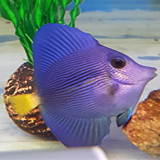 Tank Bred
Tank Bred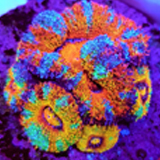 Cultured corals
Cultured corals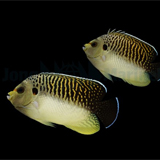 Marine Fish
Marine Fish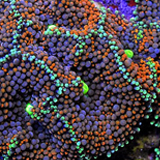 Soft Corals
Soft Corals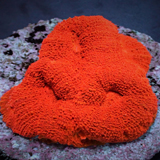 LPS Corals
LPS Corals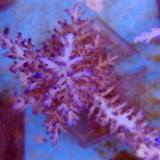 SPS Corals
SPS Corals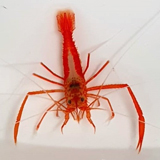 Inverts
Inverts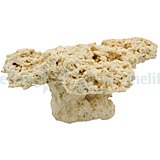 Rocks
Rocks Products
Products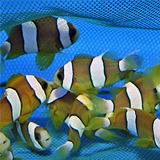 New arrivals
New arrivals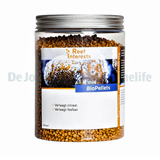 Outlet
Outlet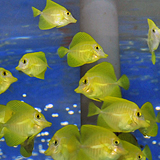 Special offer
Special offer
